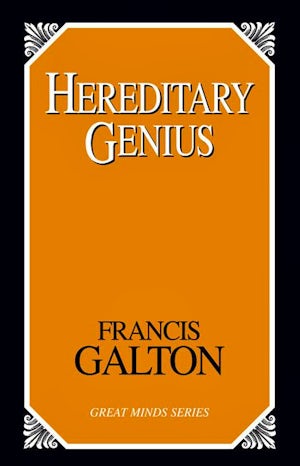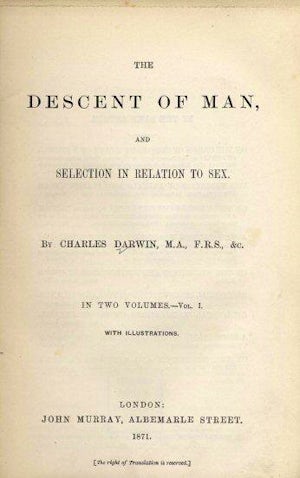
1981. Stephen Jay Gould, Harvard paleontologist, publishes his book The Mismeasure of Man. Gould's book was an attempt to disprove earlier studies of scientific racism, particularly craniometry. Gould also openly criticized psychological testing, such as IQ tests, and the ranking of intelligence. The book was republished in 1996, revised and expanded; the revised edition includes an introduction and five new essays questioning the accuracy of the Bell Curve (1994), a book by Richard Hernstein and Charles Murray which argued that intelligence was affected by genetics and environment, and potentially race, and this intelligence then determined many aspects of a person's life (including income, job, criminality, etc.). Both editions of Gould's work were met with heavy praise and heavy criticism.
The aim of Gould’s work was to discredit the idea of biological determinism, which was used to connect the concept of race to a person’s intelligence. Gould investigates craniometry (the study of the cranium and brain) studies (Silverman & Silverman, 1984) of the nineteenth century, such as those famously conducted by scientists like Samuel Morton. Those historical studies attempted to prove a connection between the size of the skull of particular races and intelligence, and whether or not the two are connected. Gould suggested that although such studies were considered soundly scientific at the time they were conducted, they were influenced by racial and social bias of the researchers, leading to inaccurate skull measurements and selective data.
Gould's research also attempted to disprove many of the ideas that eugenics movements of the early 1900s supported, such as the use of IQ testing to determine intelligence (The Mismeasure of Man, n.d.), and the heritability of intelligence. Instead, Gould suggests that IQ is multifactorial.
Both versions of the book have been praised and criticized, as its scientific validity has been called into question. Research done after 1981 and 1996 have since discredited and disproved some of the information Gould presented in his texts (for example, it has been found that Morton's craniometry studies may have had accurate skull measurements). The issues Gould discusses, such as IQ, brain size, sex and race were undoubtedly controversial, and sparked significant debate (Rushton, 1997). The book has been largely influential in the social sciences in spite of criticism, particularly for its messages about potential bias in studies.
Gould's The Mismeasure of Man is an example of how topics related to eugenics continue to be important and explored at the end of the twentieth century, and how such themes still spark large controversy and discussion in multiple subject areas.
-Laura Shaw
The Mismeasure of Man. (n.d.). Goodreads. Retrieved from http://www.goodreads.com/work/best_book/1235400-the-mismeasure-of-man
Gould, S.J. (1996). The Mismeasure of Man (Revised and Expanded). New York: Norton.
Rushton, J.P. (1997, September 15). The Mismeasures of Gould. Retrieved from http://www.eugenics.net/papers/jprnr.html
Silverman, M. A., & Silverman, I. (1984). The Mismeasure of Man: By Stephen Jay Gould, Ph.D. New York/London: W. W. Norton & Company, 1981. Psychoanalytic Quarterly, 53, 286–293.
 1869:
Galton publishes Hereditary Genius
1869:
Galton publishes Hereditary Genius
 1871:
Charles Darwin publishes The Descent of Man
1871:
Charles Darwin publishes The Descent of Man